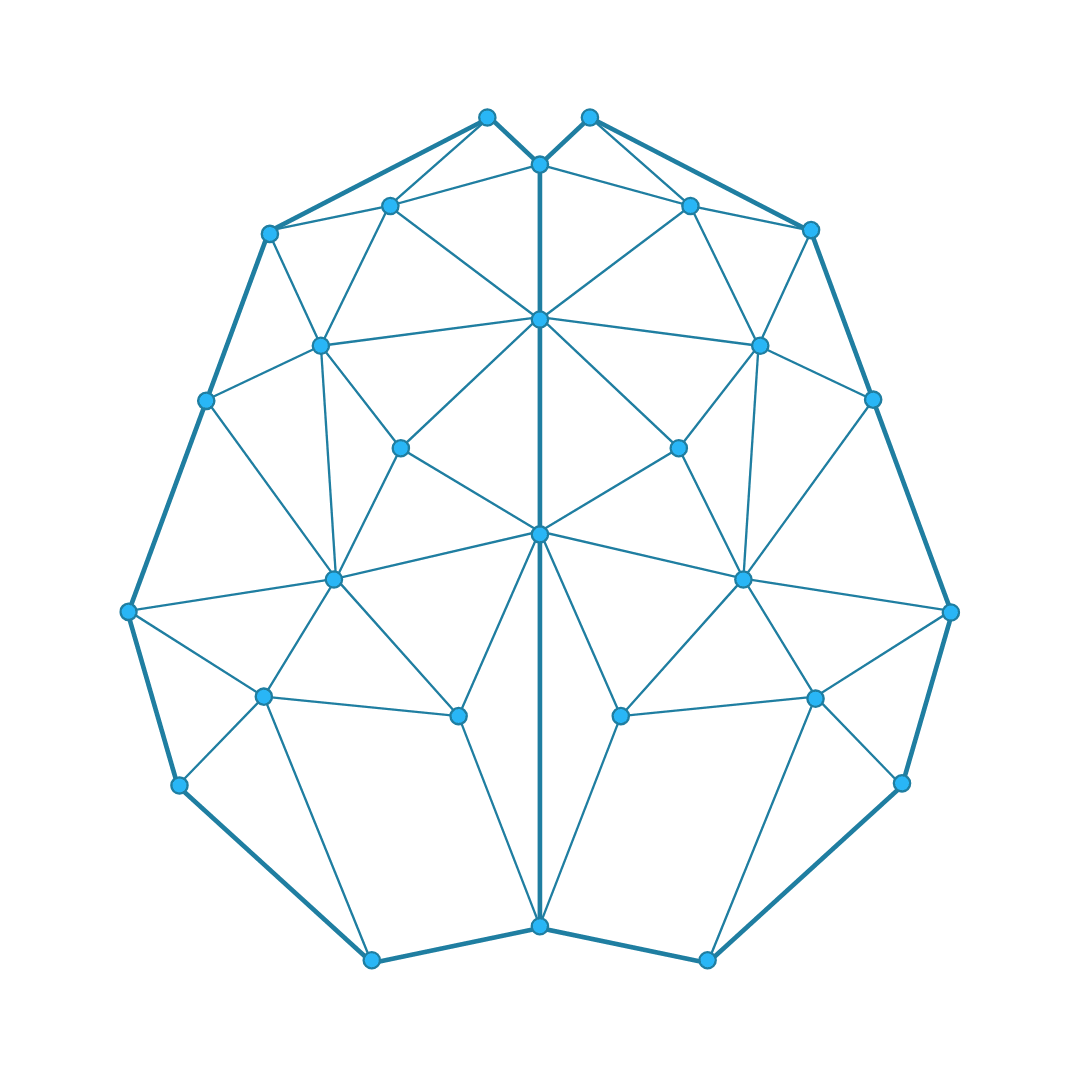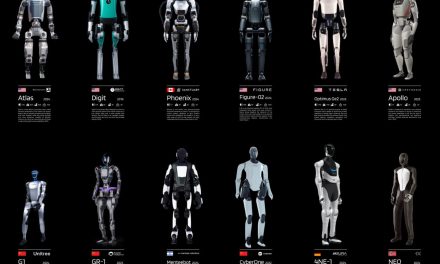[[{“value”:”
Around 2.5 years after ChatGPT went live, I started to notice a new breed of AI sherpa accounts popping up on Substack that I had never seen previously that felt entirely different.
They weren’t technical or news orientated, they explored the human interface between psychology and cognition and the new interface of AI.
I urge you to try to wrap your mind around what this means at scale. There are then likely hundreds of thousands to millions of global citizens and people exploring this, in a tremendous collective experiment, but not in a lucid way:
Among this unusual and ill-defined genre the most notable examples in my humble opinion are in terms of writers here are:
Mind Melders 🛕
-
To differentiate them from the AI sherpas that I talk about (typically AI tool guides makers), I coin these the Mind Melders of the new AI Interface. So what am I even talking about? 🧐
Are AI Augments Real? 👀
“Mind meld” refers to the Star Trek concept of a telepathic link between two individuals. It allows for a sharing of thoughts and feelings, essentially merging consciousness. The term is also used more generally to describe a deep understanding or connection between people, going beyond simple communication.
Now imagine AI and the user become symbiotic in a radically new way? I’m not talking Sycophancy, I’m talking a shared identity of awareness difficult to pin down: I’d argue hardcore daily users are doing this organically. But what if you did this intentionally?
-
These writers teach you how to think differently in the new era of Generative AI for maximum gains.
-
They point to a cognitive shift that takes place when using AI tools natively.
The insights of those like Signull and Wyndo are an entirely new niche of learning how to be AI-native from the inside and not just via using empirically objective context engineering techniques. They deal with self-awareness, leverage, agency and augmentation. They fascinate as case studies of a new psychology of being with AI.
🗝️ A New genre of AI Educators
-
Self-awareness at the AI interface
-
Leverage
-
Agency
-
Augmentation
-
(Embodied) Problem Solving [SLAAP, the acronym]
I asked about how can we use Generative AI to overcome our “blind spots” and augment our self-awareness. I’m hoping this is a good teaser to his publication. I’ll have you know he’s a fairly engaging and viral writer.
🔭 The AI Maker 🏝️
Wyndo runs this newsletter: The AI Maker, a publication dedicated to helping knowledge workers implement AI effectively without technical expertise. Through his hands-on experience building AI-powered tools, Wyndo helps readers develop AI-augmented workflows that enhance their capabilities rather than simply automating tasks, making his newsletter a trusted resource for professionals navigating the rapidly evolving AI landscape.
-
Implement AI effectively without technical expertise
-
Develop AI-augmented workflows that that enhance capabilities
-
What became clear to me is it’s not about what they are building, but how they are self-engineering their consciousness augmented by AI. (An AI-Yoga of symbiosis if you will)
-
Maybe you will recall in the Dune novels, “Mentats” are people who are highly skilled in logic, computing, and cognitive thinking. In the Dune universe, instead of creating computers or machines to solve logic issues, society trains selected humans to be Mentats.
-
My question to all of you is what the new “Mentats” of Generative AI will look like both professionally and personally in 5-10 years? Will they just be context engineers skilled at AI agent orchestrators or will it also come with a kind of meta-cognitive and philosophical set-up? What I’m talking about isn’t just another kind of AI literacy or work-flow famility.
Who are the Mentats of Generative AI? ✨
Access to the internet is no longer the primary commodity of the digital age, now it’s usage and fluency with AI. It’s only normal some are ahead of the curve.
New mindsets and baseline expectations of what we can do with AI are emerging. In 2025 and after this date, AI is a core attribute of life-management and cognition for some folk, not just an accessory of tools or time-saving techniques. What becomes possible for you when you internalize and believe in AI through daily use?
It’s hard for me to convey how radical of a change this happens to be. It’s more than simply functional, a literacy skill, academic or an industrial output of work, it’s how AI changes you after prolonged and in-depth use. Some of these first “AI-natives” appear to interact with technology and the world differently due to their constant proximity to AI interfaces.
An AI Maker’s Articles
-
How I Used James Clear’s Atomic Habits to Build 15 AI Systems That Run My Life
-
How I Finally Turned AI Into My Personal Operating System for Work
-
My AI Therapy Workflow: Turn Claude/ChatGPT and NotebookLM Into Your Self-Discovery Tool
-
Forget Prompting Techniques: How to Make AI Your Thinking Partner
While I personally have no inclination to “meld into the machine”, I think these frames of thinking and ways of interacting with Generative AI have a lot of potential value:
Why Smart People Make Predictably Bad Decisions (And How AI Can Help You See What You Can’t See)
-
This is the second guest post by to read the first one go here.
-
How to use AI to overcome the expertise paradox and cognitive biases.
-
How to use AI to fight human biases and overcome blind spots.
-
How to audit workflows with strategic AI use.
-
How to become more resilient and or adaptable with the help of AI tools at important crossroads and with decision-science.
Let’s take a step through the Wyndo of AI ⊞ into the inner chambers of the AI interface. Implementing AI workflows in tasks and making crucial life decisions in with AI in life, is also about a mindset.
⚫ Join the AI Vanguard Society, a place for deeper discussions, polls and interactions about AI, an (Alpha) community by AI Supremacy. Hosted on Mighty Networks, download the app (Android).
“}]] Read More in AI Supremacy









